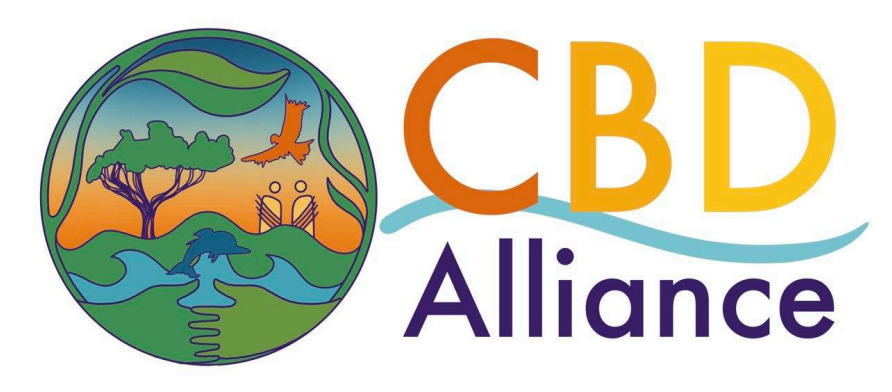International Indigenous Forum on Biodiversity (IIFB)
Over the weekend, the International Indigenous Forum on Biodiversity (IIFB) held in-person meetings, bringing together over 150 representatives of Indigenous Peoples and local communities from the seven sociocultural regions of the world, in the City of Panama, Panama, in preparation for the First Meeting of the Subsidiary Body on Article 8j (SB8J-1). The IIFB held Caucus meetings every morning with the objective to discuss and get consensus on the matters to be discussed under agenda items of the SB8J-1 .
Within the Caucus, regional discussions were also held to select the Indigenous Peoples and local communities’ friends of the Bureau, and the Co-chairRegion for the SB8J-1.
They selected as friend of the COP Bureau that act as SB8J-Bureau the following:
- Ramiro Batzin - Latin American and Caribbean Region
- Lucy Mulenkei - Africa Region
- Jennifer Corpuz - Asia Region
- Rochelle Diver - North América Region
- Gunn-Britt Retter - Arctic Region
- Alexey Tsykarev - Eastern Europe, Russian Federation, Central Asia and Transcaucasia
- Christine Teresa Grant - Pacific Region
And, from the friends of the Bureau, they selected Gunn-Britt Retter of the Arctic Region to be nominated as an Indigenous Peoples and local community co-chair of the first meeting of the SB8J-1.
The Subsidiary Body on Article 8(j) and Other Provisions of the Convention on Biological Diversity Related to Indigenous Peoples and Local Communities (SB8J) was established by the Conference of the Parties to the Convention in its decision 16/5 on Institutional arrangements for the full and effective participation of indigenous peoples and local communities in the work undertaken under the Convention on Biological Diversity. The mandate of the Subsidiary Body is to provide advice to the Conference of the Parties, other subsidiary bodies and, subject to their request, the Conference of the Parties serving as the meeting of the Parties to the Cartagena Protocol on Biosafety and the Conference of the Parties serving as the meeting of the Parties to the Nagoya Protocol on Access to Genetic Resources and the Fair and Equitable Sharing of Benefits Arising from their Utilization on matters of relevance to indigenous peoples and local communities that are within the scope of the Convention and its Protocols. The IIFB has come in full force to see a dream come through and be present at a permanent space for Indigenous Peoples and local communities within the UN, after six years of negotiations.
The Conference of the Parties adopted in its decision 16/4, a programme of work on Article 8(j) and other provisions of the Convention related to indigenous peoples and local communities to 2030
At the SB8J-1, the IIFB has identified the following priorities:
Under item 4, the adoption of the modus operandi is essential to fulfilling the promise of the Subsidiary Body on Article 8(j) and Other Provisions of the Convention Relevant for Indigenous Peoples and local communities as a powerful platform for dialogue and cooperation in achieving the goals and targets of the Kunming Montreal Global Biodiversity Framework (KMGBF). IIFB proposals on the modus operandi are guided by the following principles: apply, mutatis mutandis, the established and effective practices of Ad Hoc Open Ended Working Group on Article 8(j) and Related Provisions; simplicity and avoiding overly prescriptive language; and the modus operandi should not be more burdensome for Indigenous Peoples and local communities than for Parties.
Under Item 5, the IIFB calls for the adoption of Guidelines that recognize that Indigenous Peoples and local communities have been conserving biodiversity in their lands and territories for millenia and now want the recognition of this contribution. The Guidelines, as the international standards, should promote the identification, recognition, protection, promotion, and respect of Indigenous and Traditional Territories (ITTs) as distinct systems that support the implementation of Target 3, without the need for recognition as Protected Areas (PA) or designation as Other Effective Area-based Conservation Measures (OECMs).
The IIFB looks forward to an exciting and fruitful week of discussions!
